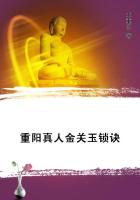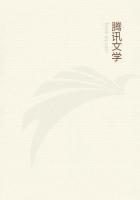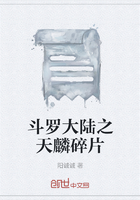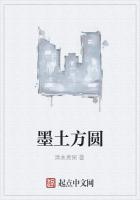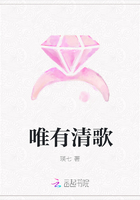The small arches between the pillars were of the same precious stone of which the pillars next to them were. Thus, that arch was of sapphire which ended at the hyacinth pillar, and that was of hyacinth which went towards the diamond, and so on.
Above the arches and chapters of the pillars, on the inward front, a cupola was raised to cover the fountain. It was surrounded by the planetary statues, heptagonal at the bottom, and spherical o' top, and of crystal so pure, transparent, well-polished, whole and uniform in all its parts, without veins, clouds, flaws, or streaks, that Xenocrates never saw such a one in his life.
Within it were seen the twelve signs of the zodiac, the twelve months of the year, with their properties, the two equinoxes, the ecliptic line, with some of the most remarkable fixed stars about the antartic pole and elsewhere, so curiously engraven that I fancied them to be the workmanship of King Necepsus, or Petosiris, the ancient mathematician.
On the top of the cupola, just over the centre of the fountain, were three noble long pearls, all of one size, pear fashion, perfectly imitating a tear, and so joined together as to represent a flower-de-luce or lily, each of the flowers seeming above a hand's breadth. A carbuncle jetted out of its calyx or cup as big as an ostrich's egg, cut seven square (that number so beloved of nature), and so prodigiously glorious that the sight of it had like to have made us blind, for the fiery sun or the pointed lightning are not more dazzling and unsufferably bright.
Now, were some judicious appraisers to judge of the value of this incomparable fountain, and the lamp of which we have spoke, they would undoubtedly affirm it exceeds that of all the treasures and curiosities in Europe, Asia, and Africa put together. For that carbuncle alone would have darkened the pantarbe of Iarchus (Motteux reads 'Joachas.') the Indian magician, with as much ease as the sun outshines and dims the stars with his meridian rays.
Nor let Cleopatra, that Egyptian queen, boast of her pair of pendants, those two pearls, one of which she caused to be dissolved in vinegar, in the presence of Antony the Triumvir, her gallant.
Or let Pompeia Plautina be proud of her dress covered all over with emeralds and pearls curiously intermixed, she who attracted the eyes of all Rome, and was said to be the pit and magazine of the conquering robbers of the universe.
The fountain had three tubes or channels of right pearl, seated in three equilateral angles already mentioned, extended on the margin, and those channels proceeded in a snail-like line, winding equally on both sides.
We looked on them a while, and had cast our eyes on another side, when Bacbuc directed us to watch the water. We then heard a most harmonious sound, yet somewhat stopped by starts, far distant, and subterranean, by which means it was still more pleasing than if it had been free, uninterrupted, and near us, so that our minds were as agreeably entertained through our ears with that charming melody as they were through the windows of our eyes with those delightful objects.

